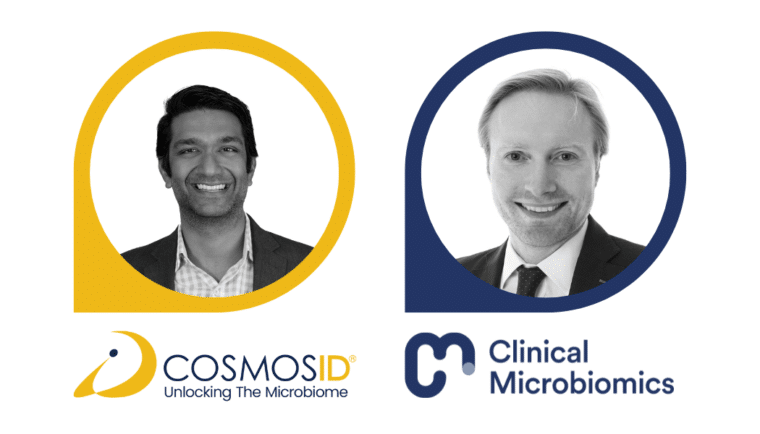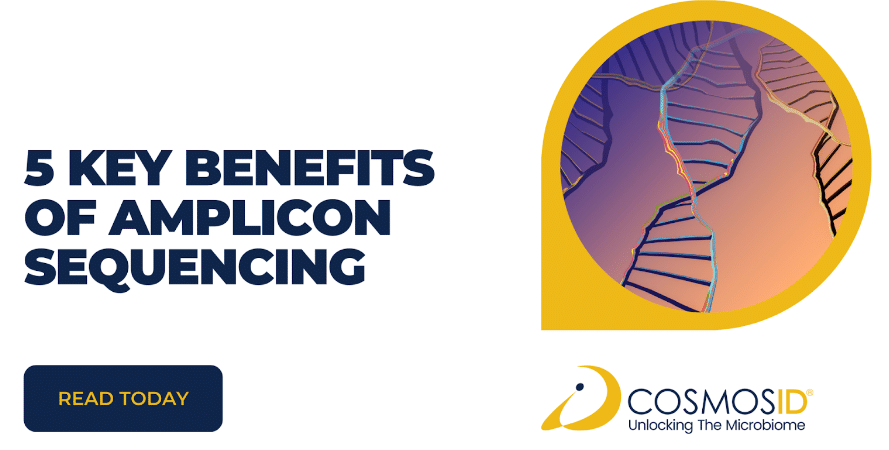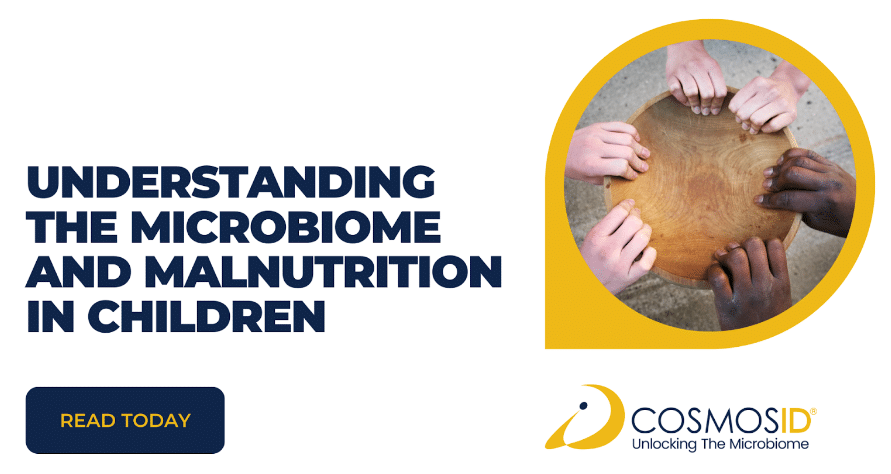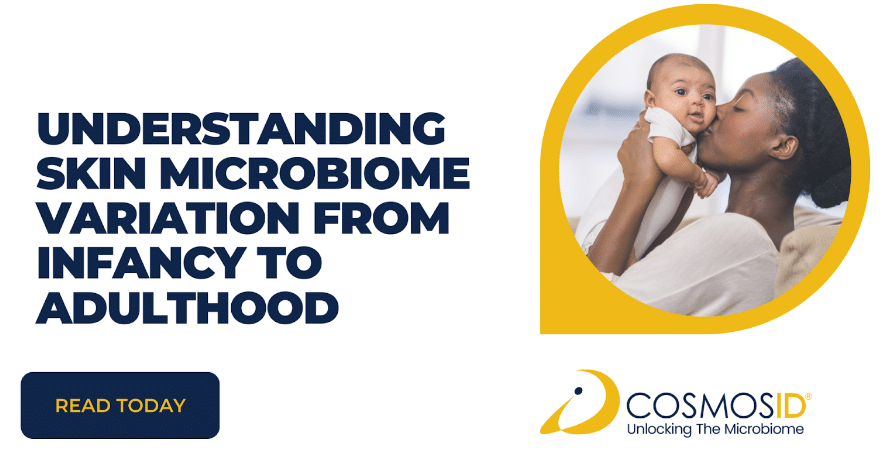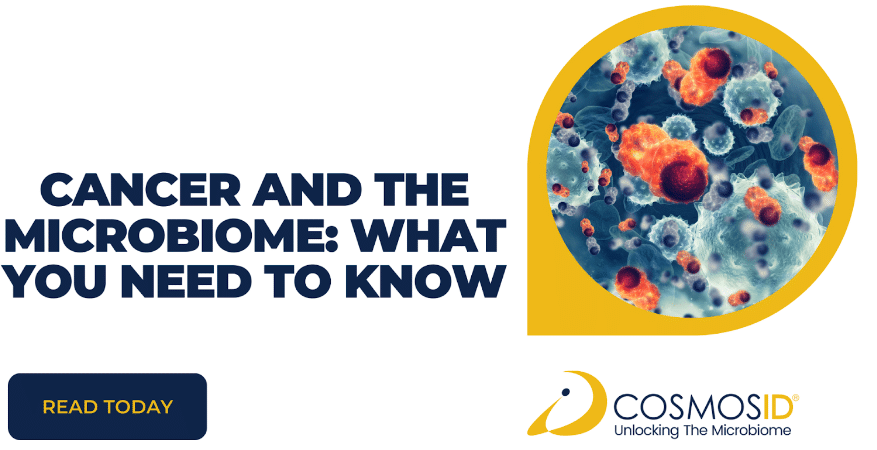In the world of genomics, and particularly genomics sequencing, few technologies have had greater impact than that of Illumina Sequencing (also known as a technique called Sequencing by Synthesis (SBS)). By successfully implementing massively parallel sequencing, Illumina Sequencing increased the throughput of genomics sequencing exponentially, propelling the field of genomics into an era of increased...





